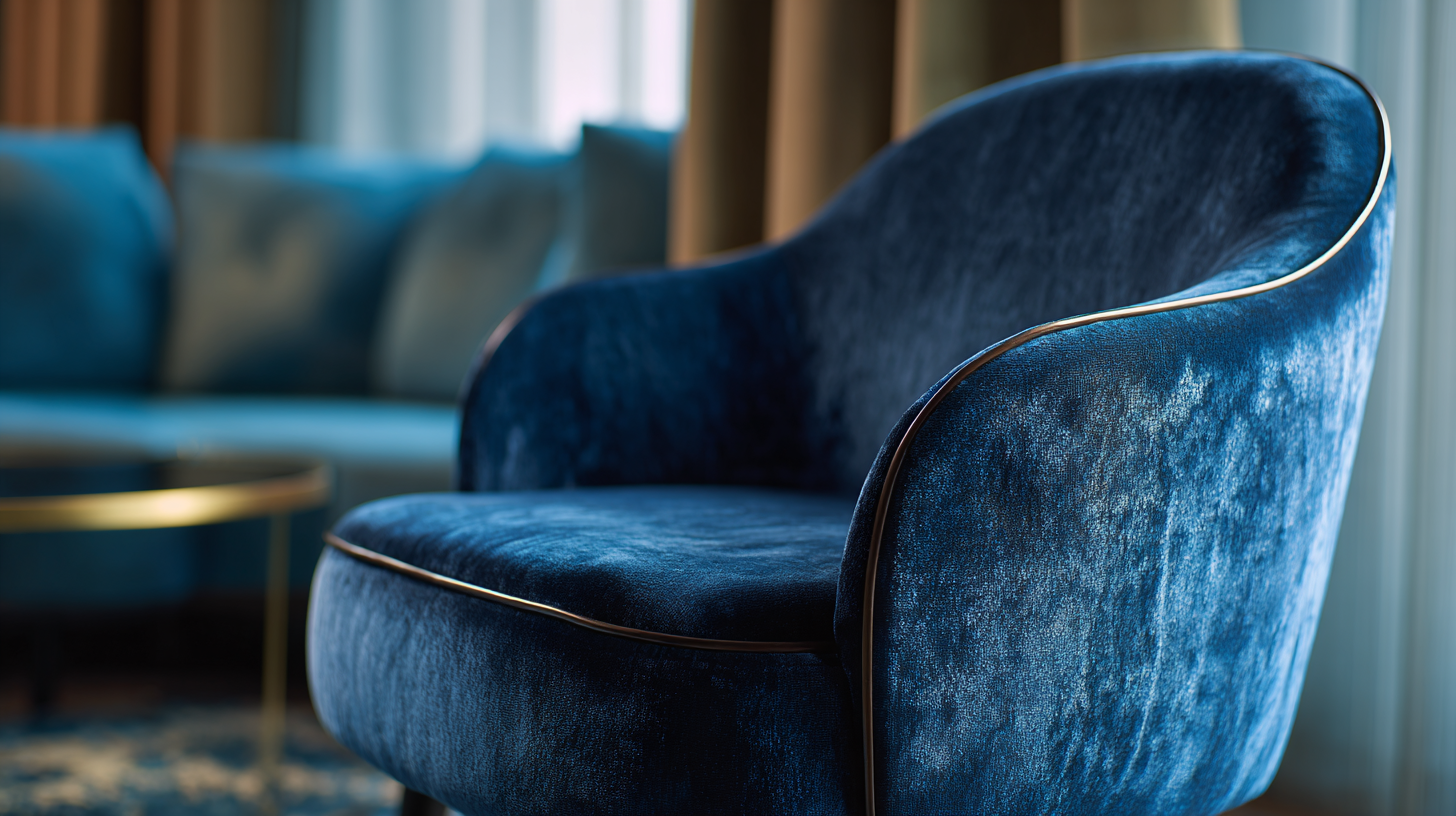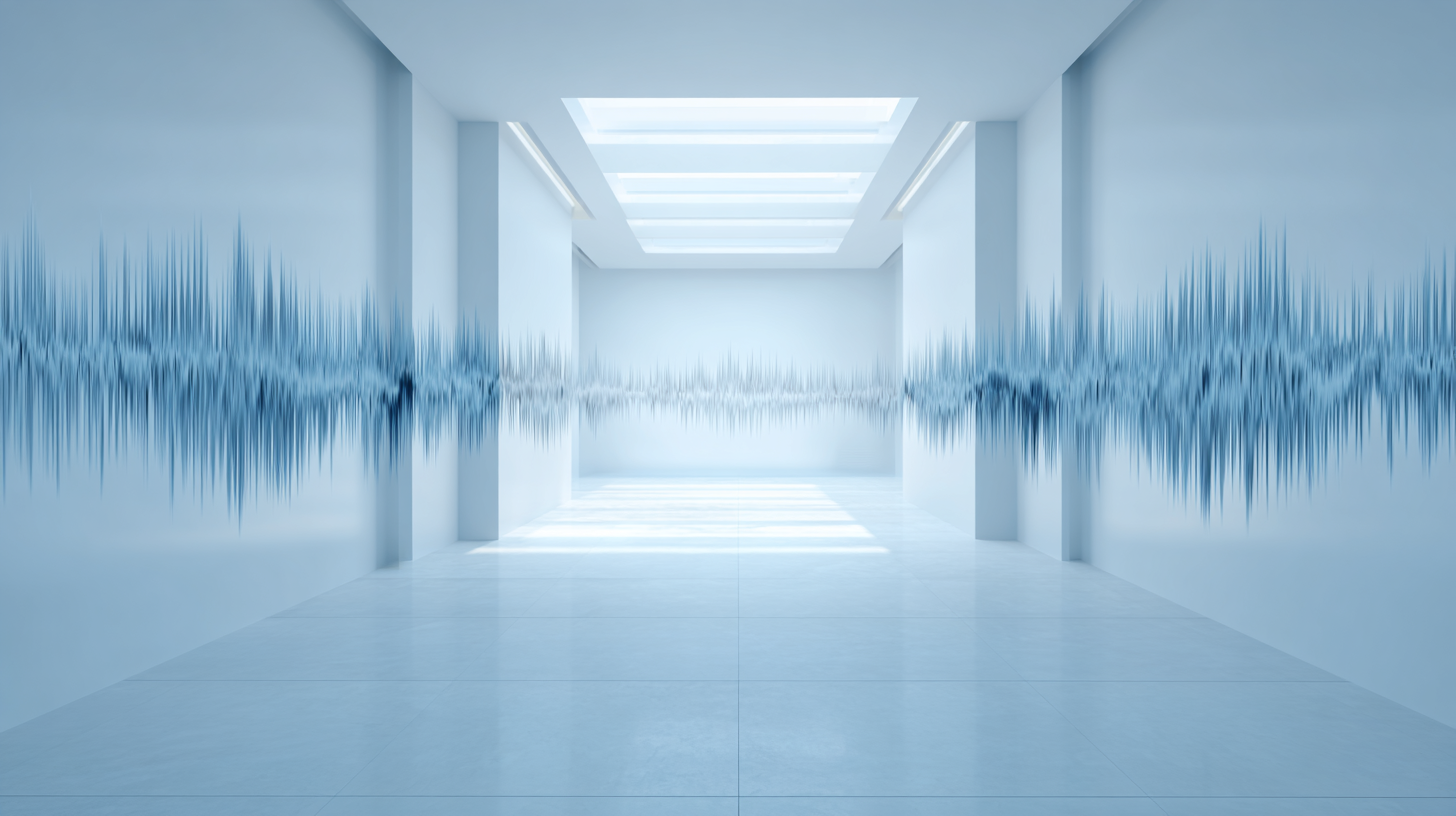Separating FACT from FICTION!
Soundproofing and acoustic treatment is a topic that often comes with its fair share of myths and misconceptions. Many people have misguided beliefs about what works and what doesn't when it comes to soundproofing, or acoustically treating a space. In this article, we will debunk some common myths about soundproofing and shed light on the truth behind them.
Myth: Installing acoustic material to the bottom of the tables and chairs in my space will fix the sound problems
Truth: While it might seem like a good idea to install acoustic material under tables and chairs to minimize noise, the reality is that this solution is not effective. The coverage that can be placed under tables and chairs is minimal and won’t be placed between the reflective surfaces of the space (wall/ceiling) and the people in it. Soundproofing is a scientific and practical process that requires proper placement and coverage. While this treatment may slightly affect the room's overall acoustics, it is not the miracle cure that many are looking for.
Myth: ‘Soundproof paint’ will fix the sound problems in my room
Truth: There are quite a few websites claiming to offer a very effective ‘Soundproof Paint’. This may sound like an easy solution to noise problems, but it is not effective in soundproofing a room. To reduce echo and noise leakage, materials with high Noise Reduction Coefficient (NRC) or Sound Transmission Classification (STC) ratings need to be installed in the space. Paint alone cannot absorb or block the amount of noise necessary to significantly reduce echo or noise leakage. Proper sound-absorbing materials are needed to adequately address echo issues. Structural improvements (such as sealing openings or adding an acoustic layer to the walls, ceiling, or floor), are required to adequately address noise leakage issues.
Myth: Very thin materials, even those labeled as 'made for soundproofing' will be effective at absorbing sounds.
Truth: There are many products on the market that claim to be "soundproof" and offer miracle cures for noise problems. However, the truth is that vibrations, especially deeper bass frequencies, require materials at a certain thickness to absorb and stop them from passing through. Thin materials like soundproof film for glass, soundproof wallpaper, carpet, or acoustic panels that are ½”-thick or less on the walls may be able to treat high frequencies to some extent at best, but they will not effectively address the normal range of frequencies found in everyday life. To achieve effective soundproofing, it is necessary to use materials with a certain minimum thickness capable of handling a wide range of frequencies.
Myth: If someone is sitting next to me but I have an acoustic panel directly above me, they will not hear me when I speak.
Truth: Acoustic panels are indeed valuable for many purposes, such as reducing echo in conference rooms, minimizing noise in theaters, reducing general noise travel within large spaces and enhancing the acoustics in recording studios. However, placing a panel or two next to or above you will not magically prevent others from hearing you. While acoustic panels can be a part of the overall noise reduction treatment, soundproofing requires more than just their usage in a small area. To effectively reduce noise leakage, it is essential to ensure that your space is properly sealed, preventing sound from leaking in and out. Additionally, the materials used in construction should be capable of blocking vibrations. So, while acoustic panels can contribute to noise reduction, putting only a few panels in a small area is not a standalone solution.
Myth: Great soundproofing / acoustic results can be obtained for $50 or less and can be installed in a few minutes.
Truth: While it would be ideal if soundproofing could be quick and cheap, unfortunately that's not the case. Soundproofing is a specialized construction or installation process that demands expertise and uses heavier and more expensive materials. Clients often hope to soundproof or acoustically treat a large space in a very short time and with a limited budget. However, achieving satisfactory results in soundproofing generally requires more time and funding. It is important to understand that soundproofing is not a task that can be done hastily or on a shoestring budget, even more so when looking for a certain aesthetic standard. Especially in retrofits, where existing spaces are being soundproofed, there are often limitations and challenges that necessitate creative problem-solving, potentially increasing labor and cost. Proper planning and an adequate budget are crucial for a successful soundproofing project.
Myth: Installing a few small panels can fix the sound in a large room and substantially reduce echo.
Truth: One common misconception is that a few acoustic panels can fix the acoustical issues in a large room. The internet is filled with appealing images of minimalist acoustic treatments, but the truth is, no single panel can completely solve the problem. Acoustic treatments have a threshold of minimum coverage that needs to be met for the human ear to perceive a noticeable difference in sound. The minimum amount of acoustic materials required depends on the size of the room and reflectiveness of the materials (ex: a room with mostly glass may require more coverage than one with mostly wood). The larger and more reflective the room, the more coverage is needed. While exceeding this threshold will enhance the overall acoustic improvement, it is generally recommended to go beyond the minimum requirement, as the usage and frequency range of spaces can vary. Greater coverage translates to less echo and a quieter-feeling room.
Myth: Using just one method of soundproofing material, like Mass Loaded Vinyl or Green Glue will give you great results with reducing noise leakage.
Truth: Many products on the market such as mass loaded vinyl (MLV) and Green Glue, are marketed as standalone soundproofing solutions. While these materials can be useful in soundproofing construction, they are most effective when used in combination with other soundproofing methods and materials. Soundproofing requires a comprehensive approach that includes proper soundproofing substrates, airtight construction with sealed gaps and cracks, good doors and windows with tight seals, in certain cases isolation clips or vibration isolation methods are needed, and construction of thick and heavy walls with stud isolation or separation. Relying on a single method alone may not deliver optimal results. It is advisable to consult with professionals who can assess your specific needs and provide a comprehensive plan.
Myth: Using egg cartons on your walls is a great way to acoustically treat your space.
Truth: Egg cartons are not designed or tested to provide any acoustical benefits, as their impact on sound absorption is minimal at best, and only at the highest frequencies of the human audible frequency range. Proper acoustic treatment requires the use of specific materials that are engineered for sound absorption and diffusion.
Soundproofing materials with a proper NRC (or STC, for sound isolation) rating, such as acoustic panels, acoustic curtains, or mass-loaded vinyl to name a few, are actually made for the purpose of acoustic treatment and soundproofing, and therefore when installed properly are effective in reducing noise transmission and/or improving the acoustics of a room. It is important to invest in the right materials and techniques for soundproofing to achieve the desired results effectively.
Soundproofing a space is a complex process that requires an understanding of the science behind sound transmission and absorption. It is important to be aware of these myths and seek professional advice when considering soundproofing solutions. While there may be no magical and quick fixes available, investing in a comprehensive soundproofing plan tailored to your specific needs will provide the desired results in the long run.



